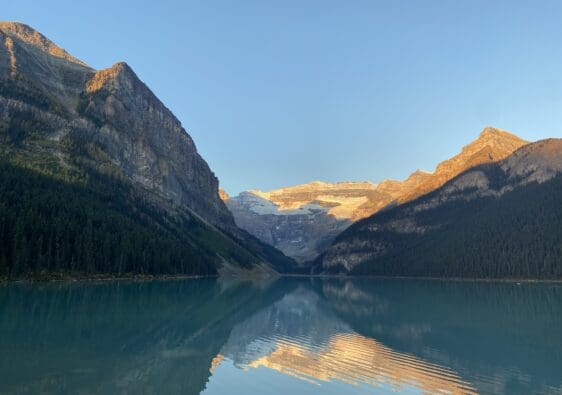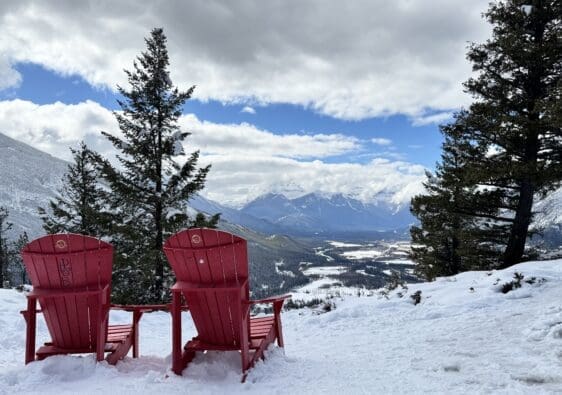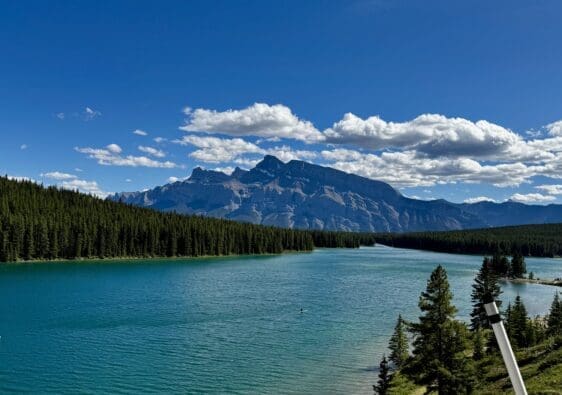Camping can be either unforgettable or unbelievably frustrating, it all depends on how well you prepare. The right gear makes the difference between a peaceful escape and a rough, uncomfortable night outdoors.
Whether you’re sleeping in a tent, a car, or a cozy RV, each style of camping comes with its own needs, so a one-size-fits-all checklist won’t cut it. If you forget key items, like a rainfly for your tent, your stove for cooking, or bedding in an RV, your trip can quickly unravel.
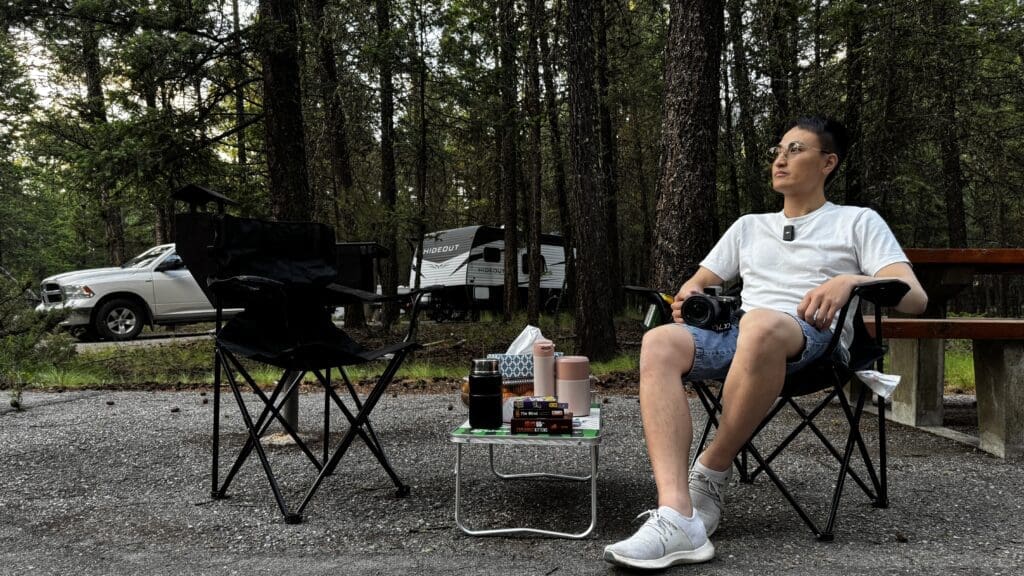
Not all gear is created equal. Some items are just “nice to have,” while others are non-negotiable for a safe and comfortable trip. Essential gear helps you stay warm, eat well, sleep soundly, and deal with unexpected situations. These are the items you’ll immediately miss if you leave them behind.
Understanding the Different Types of Camping
Camping comes in many forms, and each one has its own set of must-haves:
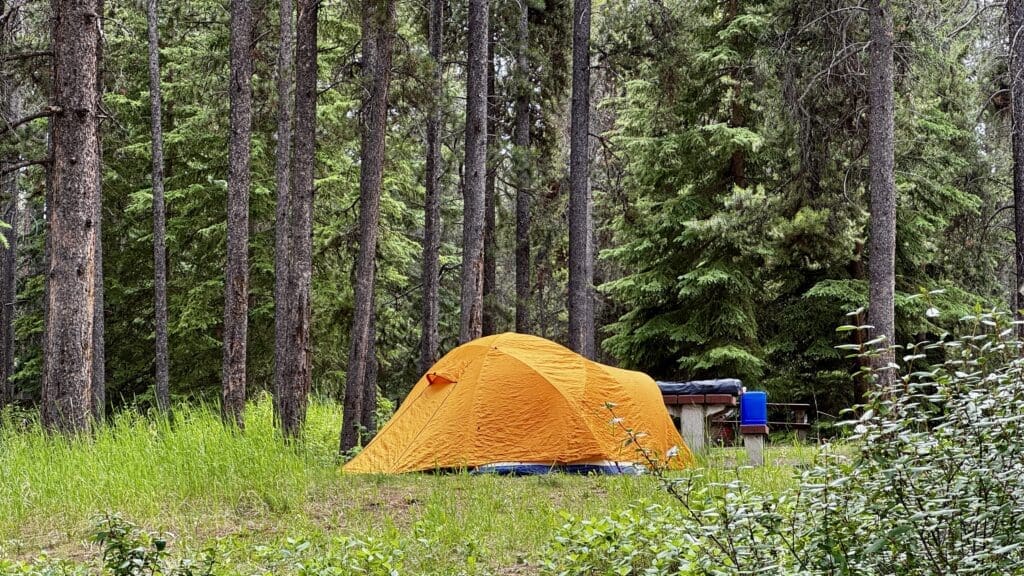
Tent camping is the classic experience, simple and close to nature. You’ll need lightweight, weather-ready gear.
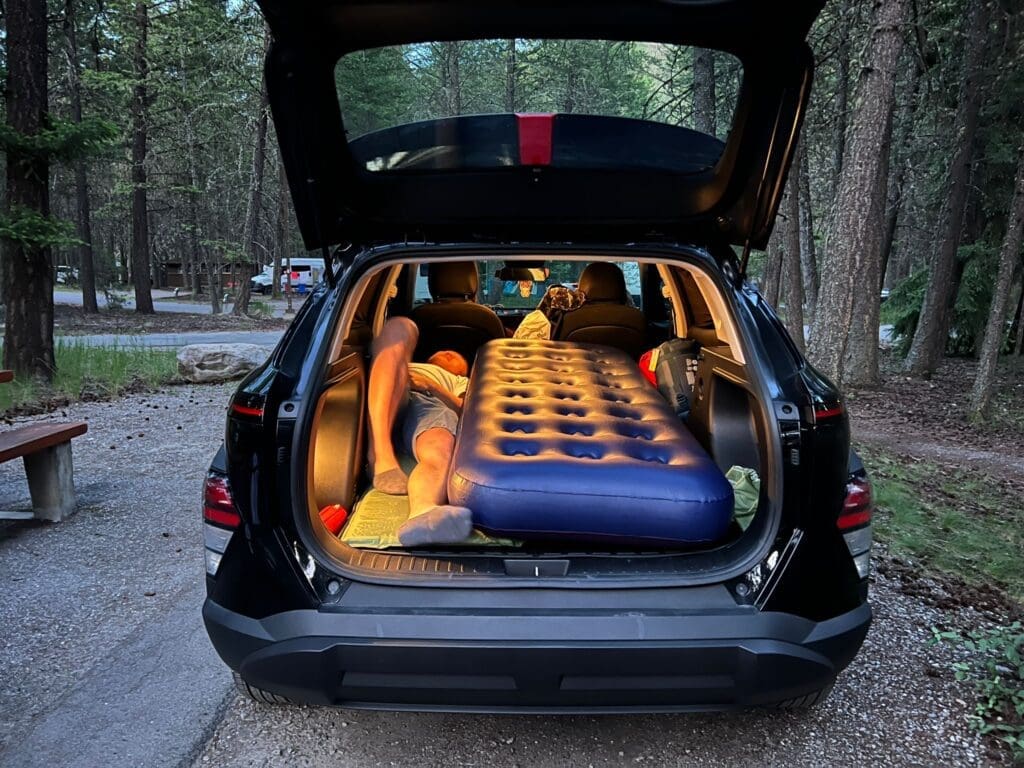
Car camping adds comfort by letting you sleep in or near your vehicle. You can bring bulkier items like coolers, real pillows, or even a full-size air mattress.
The first time we went car camping, we brought the wrong inflatable mattress for our small car.
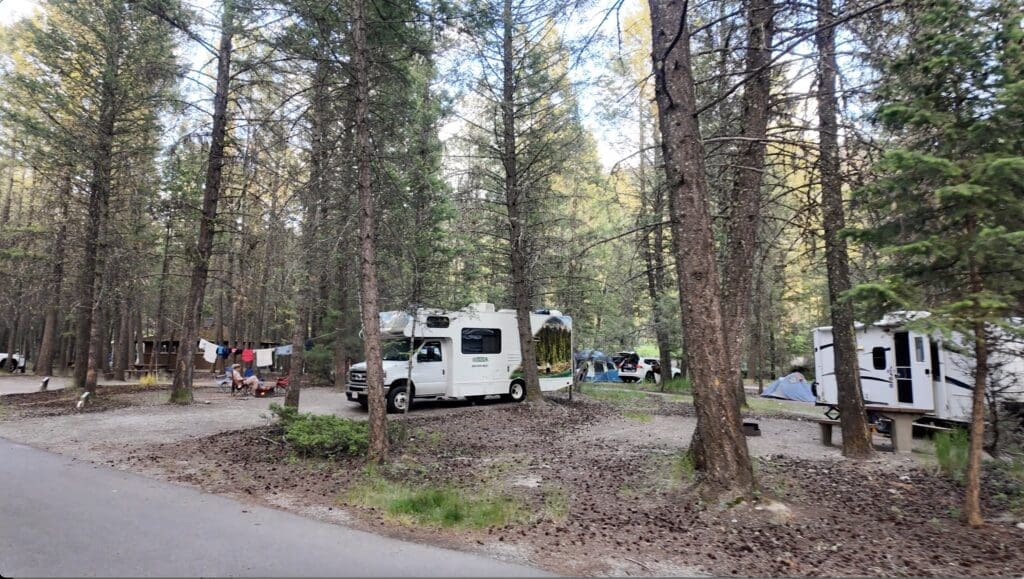
RV camping is the most luxurious. You’ve got built-in beds, a kitchen, and maybe even Wi-Fi. But you’ll also need specialized gear for hookups, water tanks, and road safety.
Shelter
Tents for Traditional Camping
If you’re tent camping, the tent is your #1 priority. Make sure you choose one with the right size, season rating, and material. A good tent should:
- Be waterproof with a rainfly that covers fully
- Have enough space for people and gear
- Include ventilation to prevent condensation
- Be easy to set up (especially if you’re arriving late)
For solo campers, a one-person or bivy tent is great. Families or groups? Go for a roomy 6- or 8-person tent, ideally with separate rooms or a vestibule. And don’t forget a ground tarp to protect the bottom from moisture and punctures.
Sleeping in Your Car – What to Know
Car camping gives you the option to ditch the tent and sleep inside your vehicle. This can be great for cold nights, rainy weather, or quick setups. But your car needs to be camper-ready:
- Seats should fold flat or be removed
- Windows need screens or privacy covers
- A foam mattress topper or inflatable bed helps with comfort
- Ventilation is key, crack a window or use a vent fan
Some people build simple platforms in their SUVs or hatchbacks for hidden storage underneath. You’ll also want blackout curtains, battery-operated fans, and soft lighting.
RV Sleeping Setups
RVs range from compact campers to full-on mobile homes, but sleeping comfort still takes planning. Mattresses in RVs are often thin and oddly shaped. Consider adding a memory foam topper or even replacing them altogether. Make sure your bedding matches the season, light sheets for summer, heated blankets for cold nights.
Also, level your RV! An uneven setup means poor sleep, things sliding off tables, and water tanks misreading levels. Use leveling blocks or an auto-level system before settling in.
Sleeping Essentials
Tent vs. RV
Tent campers should invest in a high-quality sleeping bag rated for the coldest temperatures they might face. Look for the “comfort” rating on the bag (not just survival temp). Pair it with a sleeping pad, foam mat, or lightweight inflatable mattress to insulate you from the cold ground.
RV and car campers often prefer more traditional bedding such as pillows, blankets, even regular sheets. But don’t forget insulation. Even inside a vehicle or RV, temperatures drop fast. Insulated window coverings or portable heaters (used safely!) can help.
Best Bedding Options for Car Camping
Car campers can get creative. Some options include:
The main idea? Comfort and insulation. Don’t forget a good pillow (or two) and a sleeping mask if your car lets in too much light.
Cooking and Food Essentials
Campfire and Portable Stove Options
Tent and car campers often rely on portable stoves or campfires. A basic propane stove with two burners is a solid choice. If you’re backpacking or need something ultralight, a canister stove like the MSR PocketRocket is incredibly efficient and takes up minimal space. Solid fuel stoves are another option, though they’re slower and better suited for emergencies.
Many campgrounds have fire pits, but cooking on an open flame takes some skill. You’ll want a cast iron skillet, grill grate, or even a Dutch oven for versatility. And always check local fire regulations, as some areas ban open fires in dry seasons.
RV Kitchen Gear and Car-Friendly Cookware
RV campers have the luxury of built-in kitchens with stovetops, ovens, and sometimes microwaves. But RVs also come with limits—small propane tanks, limited counter space, and the need to manage power. So go for multi-use cookware: nesting pots, collapsible bowls, and compact utensils.
Car campers should pack smart. A plastic tub with essentials including spatula, tongs, a sharp knife, cutting board, pot, and pan, which makes setup easy. Don’t forget dish soap, a sponge, and a water jug for cleanup. A portable table is a game-changer if your site lacks a picnic bench.
Coolers vs. RV Fridges
For tent and car campers, a high-quality cooler is essential. Look for ones with thick insulation that can keep ice frozen for several days. Block ice lasts longer than cubes, and keeping your cooler in the shade or wrapped in a reflective blanket helps too.
RV campers usually have a built-in fridge, either powered by propane or electricity. These are great for longer trips, but make sure it’s level when parked, as some fridges stop cooling on uneven ground. Always pre-chill your fridge or cooler before loading it with food.
Bear-Safe Storage in Car Campsites
If you’re camping in bear country, you need to take serious precautions. Store food in:
- Bear-proof lockers (provided at many campsites)
- Bear canisters (for backpacking or dispersed camping)
- Your locked car with windows up (only in certain regions—some bears can open cars!)
NEVER store food or scented items like toothpaste in your tent. Keep a separate “kitchen zone” at least 100 feet from your sleeping area to avoid drawing wildlife in at night.
Clothing and Personal Gear
Packing Light vs. Packing Heavy (RV Advantage)
Tent and car campers should stick to the layering system:

Base Layer
Moisture-wicking fabrics

Outer Layer
Waterproof and windproof shell
This system lets you adapt to changing conditions, peel off layers when it’s warm, bundle up when it cools down. Car campers can afford to bring extras like camp slippers or cozy pajamas. Tent campers might want to bring only the essentials, especially if they’re hiking in.
RV campers have more space, which means more comfort. You can bring everything from hiking clothes to rain gear to warm sleepwear without worrying about space. Bonus points for a laundry bag to keep things tidy.
Footwear and Accessories for Campsites and Trails
Shoes are often overlooked, but they’re one of the most important pieces of gear you’ll bring. For hiking and exploring, you’ll want:

Hiking boots or shoes
with ankle support

Moisture-wicking socks
(wool or synthetic)

Camp shoes like Crocs, sandals, or slip-ons
The second pair of shoes (for walking around camp or showers) is a lifesaver, especially if your hiking boots get wet or muddy. Don’t forget hats, sunglasses, and gloves depending on the season.
Personal Hygiene – Tent vs. RV Amenities
Staying clean in the wild can be a challenge, but it’s totally doable with the right gear. Tent and car campers should pack:
Car camping sites often have restrooms, but bring your own supplies just in case. Wet wipes and dry shampoo can go a long way when showers aren’t an option.

RV campers have it easy, many have full or half baths onboard. Still, you’ll need RV-friendly toilet paper and gray water management. Bring a small shower caddy for campground facilities if you want to skip the tiny RV shower.
Navigation and Safety Equipment
Finding Your Way: Maps, GPS, and Offline Tools
Getting lost in the wilderness? Not fun. Whether you’re in a remote forest, deep desert, or winding mountain pass, having reliable navigation tools is non-negotiable. And no, your phone’s GPS isn’t always enough, especially when the signal disappears the second you leave town. Campers, especially those in backcountry areas, should always bring:

Compass
and know how to use it
Pro tip: Keep a written list of campsites, emergency numbers, and road conditions in your glovebox. Batteries die. Paper doesn’t.
Safety Gear Tailored to Tent, Car, and RV Camping
Emergency Kits for Each Setup
When you’re out in the wild, a small issue can escalate fast without the right gear. That’s why an emergency kit is a core camping essential for everyone. But depending on your setup, you’ll want to tailor your kit accordingly.
For tent and car campers:
For RV campers:
All of the above, plus:

RV-specific repair tools: fuses, tape, sealant
Emergencies don’t announce themselves. Your kit should be accessible, well-stocked, and updated every trip.
Lighting the Night: Headlamps, Lanterns, and RV Options
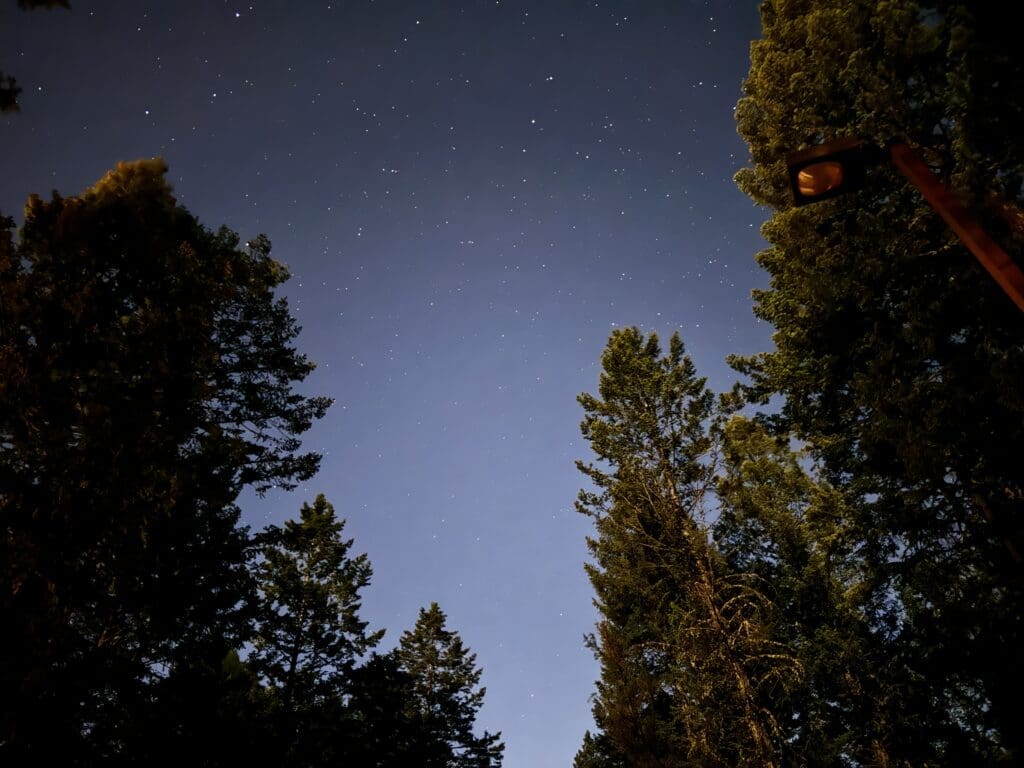
When the sun dips below the treeline, your entire campsite changes. That cozy picnic table? Invisible. That path to the bathroom? Pitch black. Lighting isn’t just about convenience, it’s about safety and navigation after dark.
Tent and car campers should always pack:

Headlamps
Hands-free and bright

Lanterns
Battery, solar, or gas-powered models work well

Flashlights
Always useful as a backup or for quick trips away from camp
RV campers usually have built-in lighting, but it’s often harsh or power-hungry. Supplement with:

LED string lights
Cozy and energy-efficient

Motion-sensor lights
for outside the RV or awning area
Don’t forget spare batteries, and consider solar-powered options for extended trips. Trust me, no one wants to stumble through the dark woods to find a bathroom with a dying flashlight.
FAQs
What is the most important camping gear to bring?
Your shelter and sleeping setup are the most crucial. Without good sleep and protection from the elements, everything else suffers.
What’s the difference between car camping and RV camping?
Car camping means sleeping in your car or next to it with a tent, using your car as your gear hub. RV camping involves sleeping in a vehicle that includes living amenities like a bed, kitchen, and bathroom.
How do I keep food safe while camping?
Use coolers, store food in airtight containers, and keep everything in bear-safe storage or locked in your car. Never leave food out overnight.
Can I camp without a tent?
Absolutely! Car camping and RV camping are both tent-free options. Even some minimalist campers sleep under the stars with just a sleeping bag (weather permitting).
What’s the best way to stay clean while camping?
Bring biodegradable soap, baby wipes, and quick-dry towels. RVs often have showers, but even tent campers can use portable shower bags or hit up campground facilities.
Time for Adventure









































